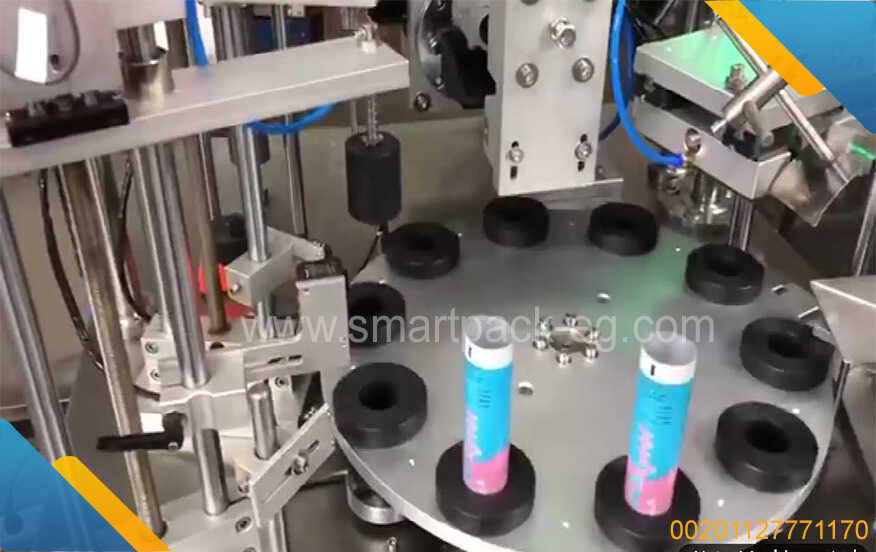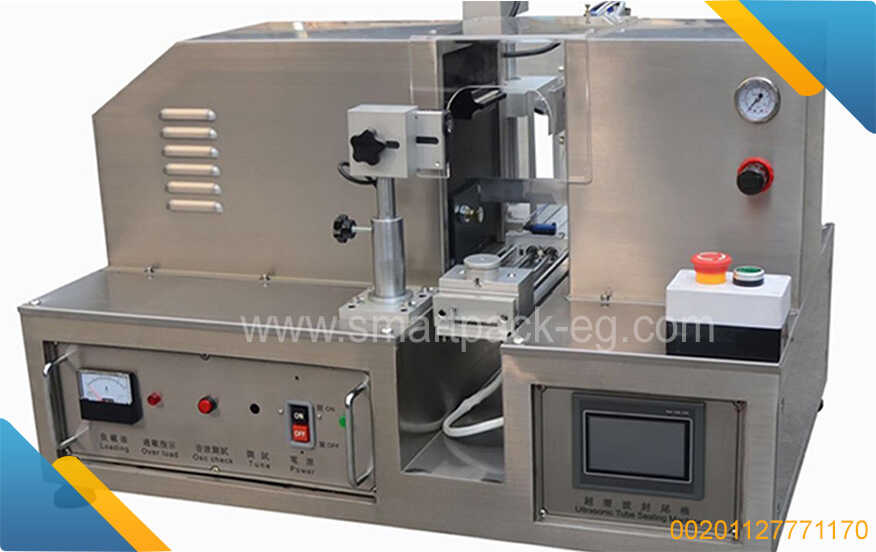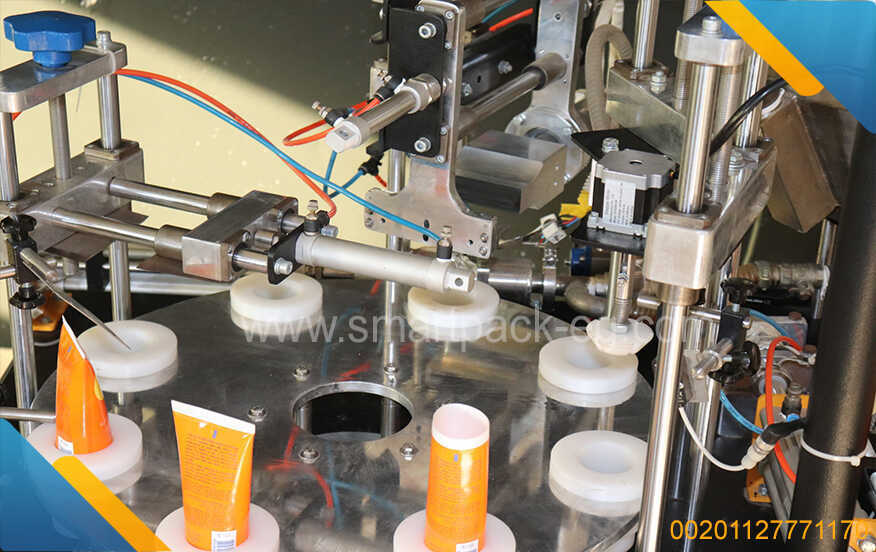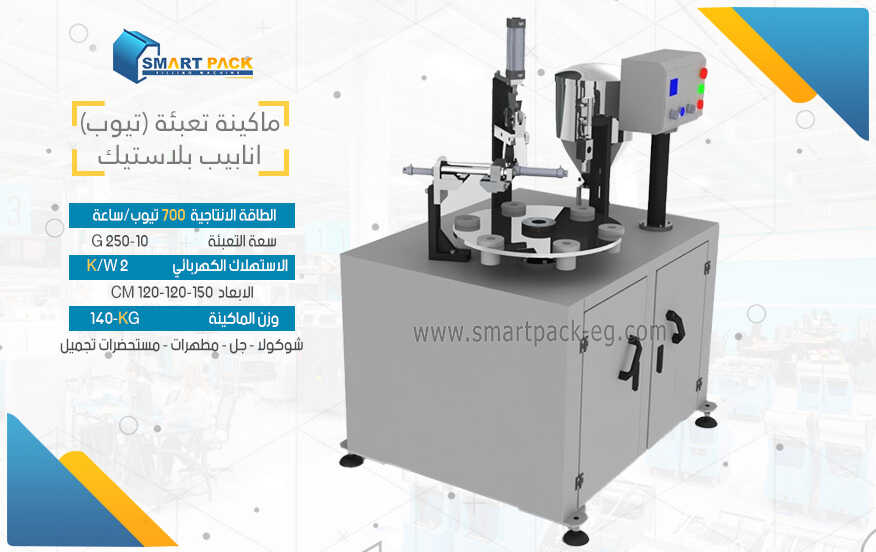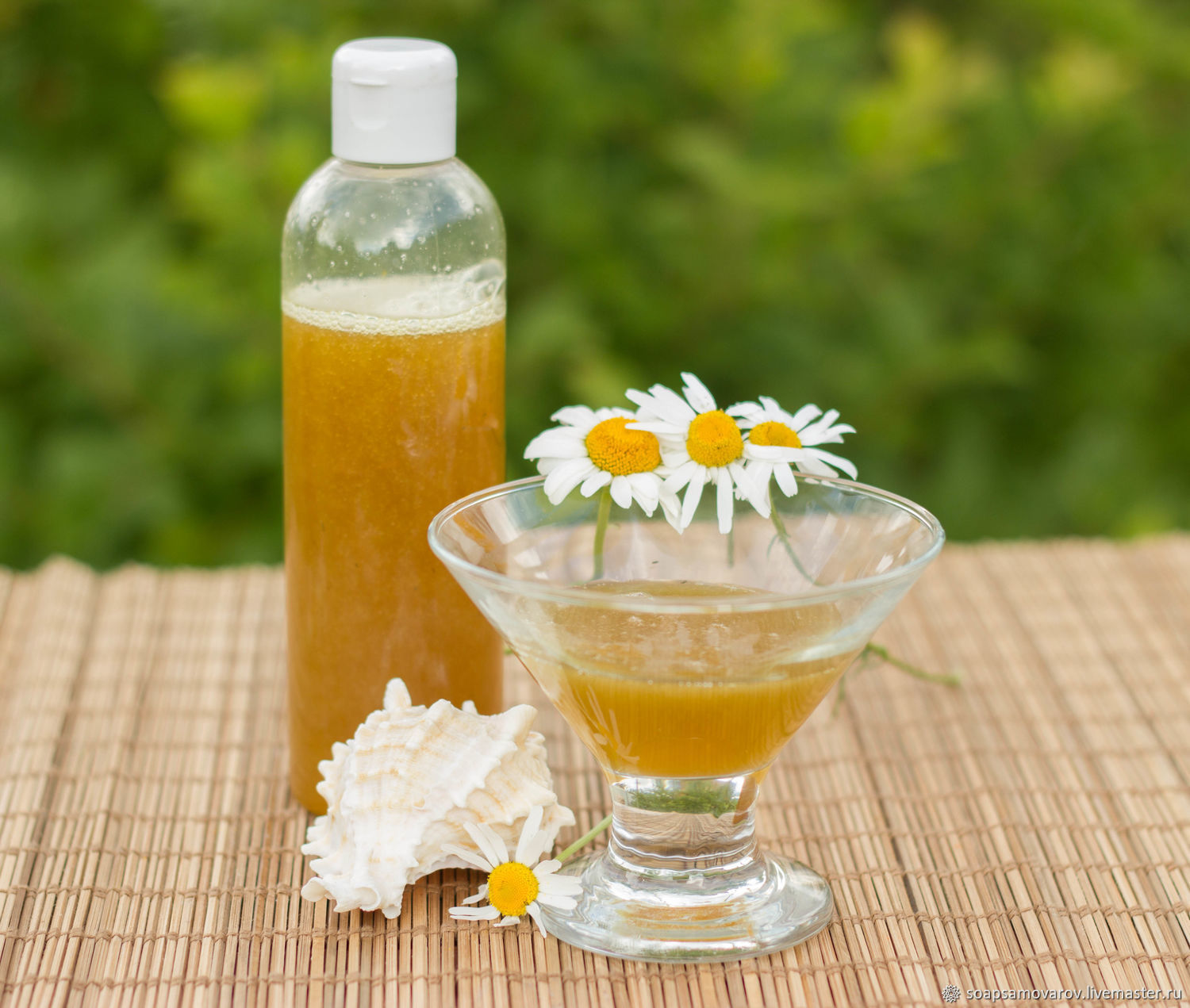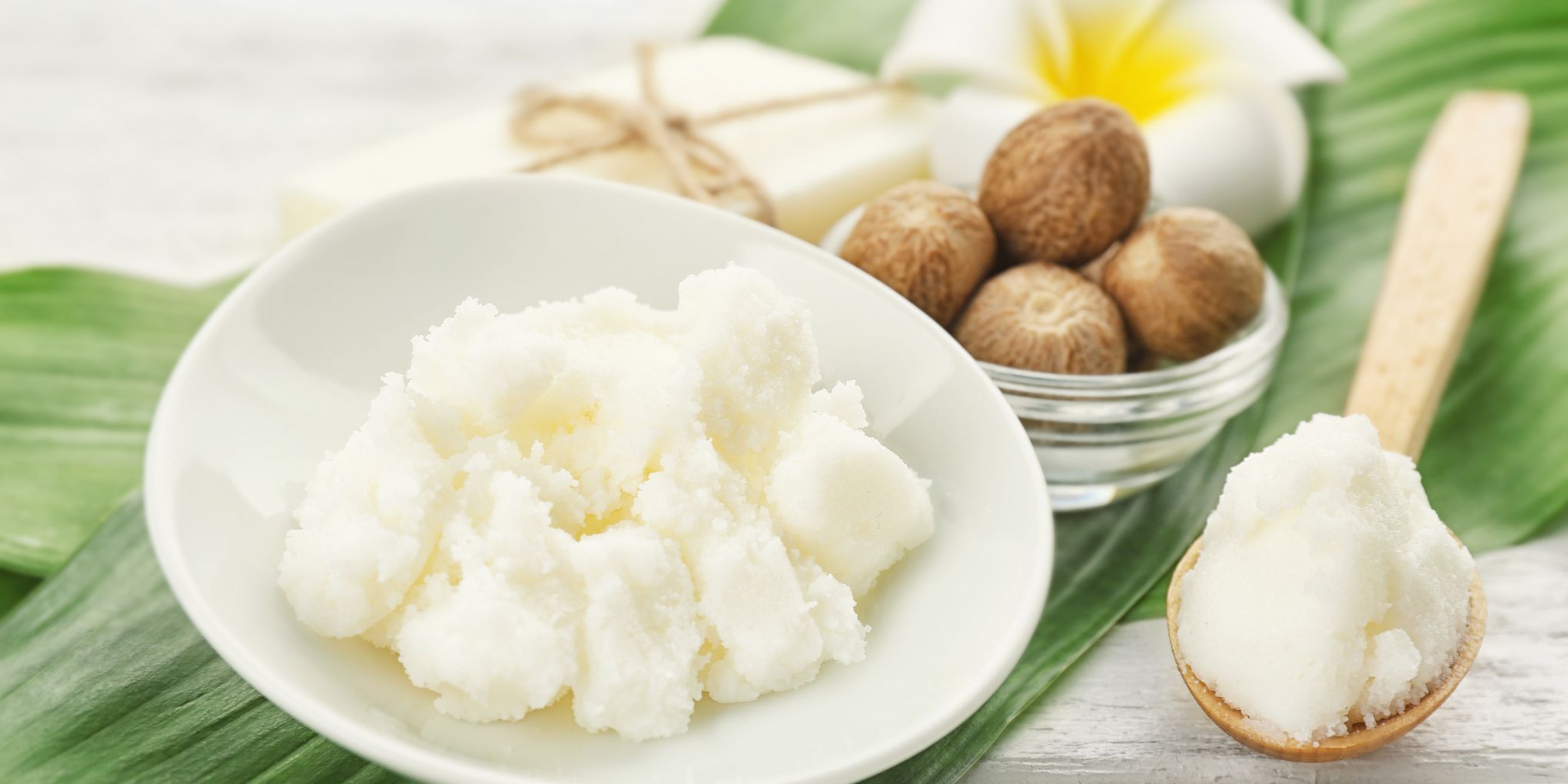How To Guide: Different Types and Characteristics of Plastic Containers and Packaging Machines
Introduction:
Plastic containers and packaging machines have become an integral part of our modern world, serving a variety of industries and purposes. Understanding the different types and characteristics of plastic containers, as well as the available packaging machines, is essential for businesses and individuals involved in packaging processes. In this guide, we will explore the various plastic container types and packaging machines, their features, advantages, and suitable applications.
I. Plastic Container Types:
Plastic containers come in numerous forms, each designed for specific requirements. Here are some common types:
-
Bottles: Plastic bottles are widely used for storing liquids such as water, beverages, cleaning products, cosmetics, and pharmaceuticals. They often feature screw-on caps for convenient sealing.
-
Jars: These containers have a wide mouth and are commonly used for storing food items such as sauces, jams, pickles, and spices. They can be made from various plastics like PET (polyethylene terephthalate) or HDPE (high-density polyethylene).
-
Tubs: Plastic tubs come in various sizes and are used for packaging food items like ice cream, yogurt, or butter. They are often constructed with materials suitable for freezer storage.
-
Clamshells: These are hinged plastic containers that provide a transparent view of the product inside while ensuring its protection from external factors. Clamshells are commonly used for packaging electronics, food items, or consumer goods.
-
Trays: Plastic trays are widely utilized in the food industry for packaging items like fruits, vegetables, or meat. They offer stackability and can be customized according to specific requirements.
II. Characteristics of Plastic Containers:
Understanding the characteristics of plastic containers is crucial for choosing the right type for your specific needs. Here are some key features to consider:
-
Material: Plastic containers can be made from different materials, including PET, HDPE, PVC (polyvinyl chloride), PP (polypropylene), or PS (polystyrene). Each material offers distinct properties like transparency, durability, or heat resistance.
-
Shape and Size: Plastic containers come in a variety of shapes and sizes to suit various products and storage requirements. Consider the dimensions and design that best match your product and available space.
-
Closure Options: Different types of closures, such as screw caps, snap-on lids, or flip-tops, offer varying degrees of convenience, security, and product access. Choose a closure that is compatible with your container type and desired functionality.
-
Environmental Impact: Consider the recyclability and environmental impact of the plastic material used in your containers. Opt for materials that are easily recyclable or explore eco-friendly alternatives like biodegradable plastics.
III. Packaging Machines:
Packaging machines play a critical role in automating the packaging process. Here are some commonly used packaging machines:
-
Filling Machines: These machines are designed to fill plastic containers with liquids or powders. They can be gravity-fed, piston-driven, or vacuum-based, depending on the product consistency.
-
Capping Machines: Capping machines automate the process of sealing containers with caps or lids. They ensure consistent and secure closures, improving product integrity and shelf life.
-
Labeling Machines: Labeling machines apply adhesive labels to plastic containers, accurately positioning them for brand identification, information, or regulatory compliance. They can handle various container shapes and sizes.
-
Shrink Wrapping Machines: Shrink wrapping machines use heat to shrink a plastic film around a product or group of products. This technique provides protection, tamper-evidence, and enhances the visual appeal of the package.
-
Coding Machines: Coding machines apply batch numbers, expiry dates, or barcodes onto plastic containers. They ensure accurate product identification, traceability, and compliance with industry standards.
Conclusion:
Understanding the different types and characteristics of plastic containers and packaging machines is essential for ensuring efficient and effective packaging processes. By considering the appropriate plastic container type, its characteristics, and choosing the right packaging machine, businesses can optimize their packaging operations, streamline production, and deliver high-quality products to their customers.

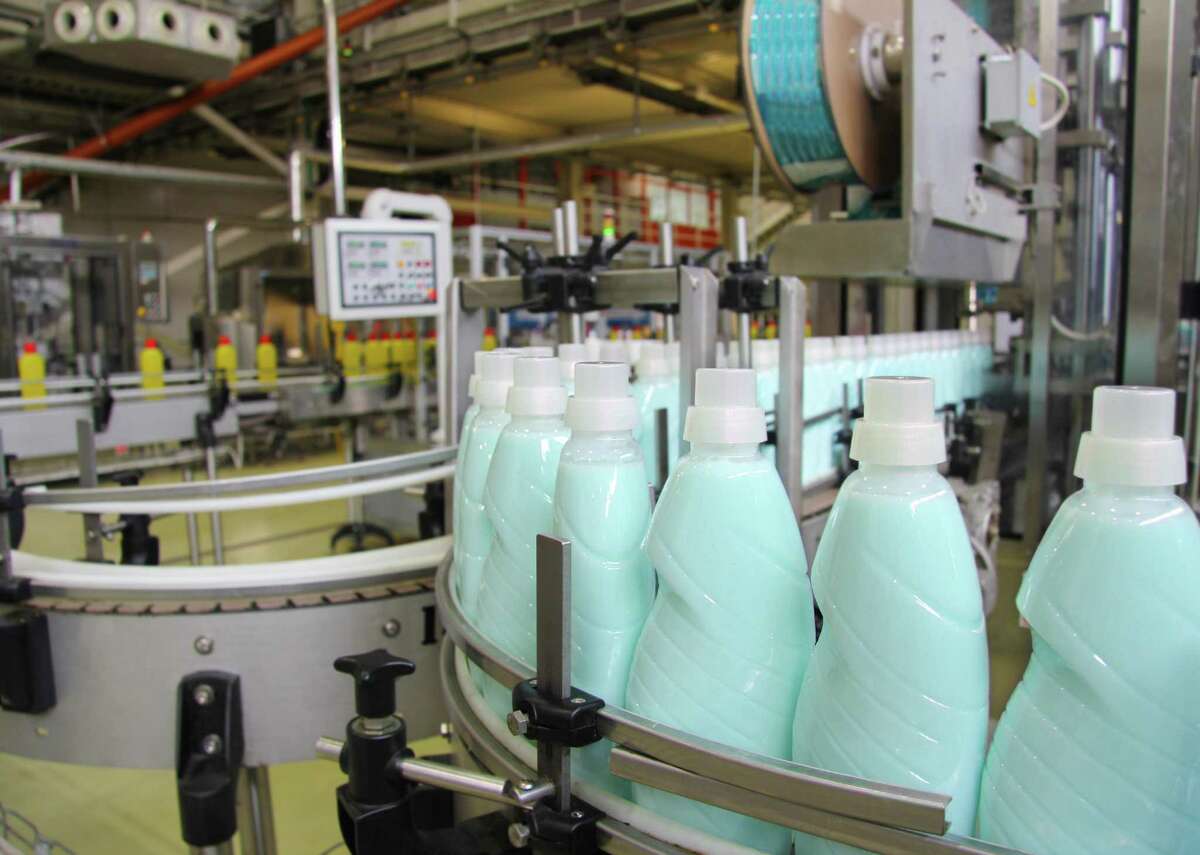
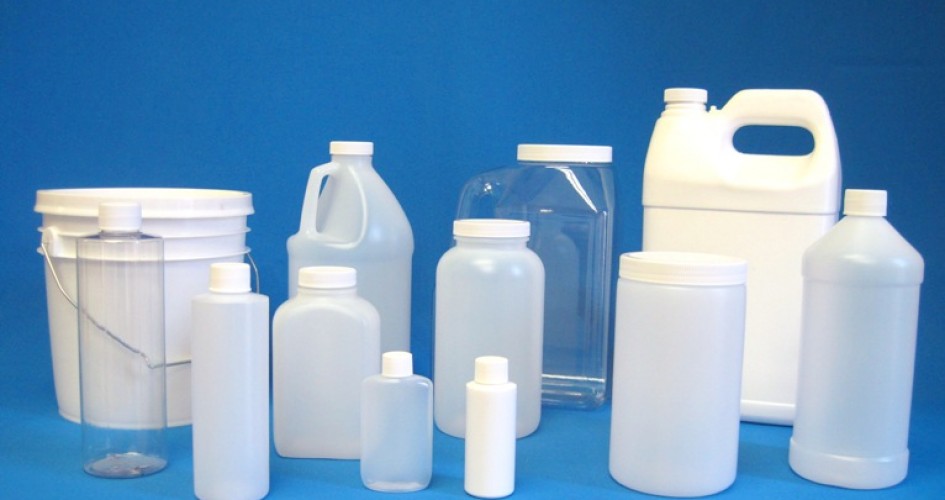
 Admin
Admin 